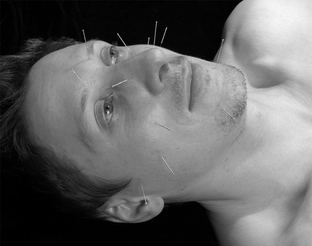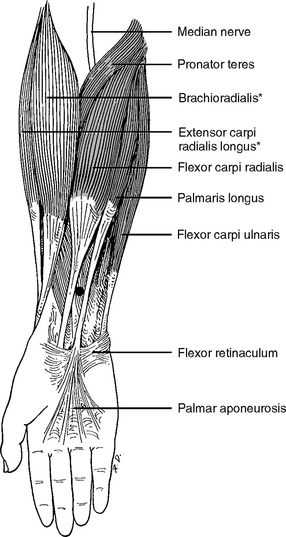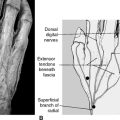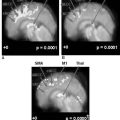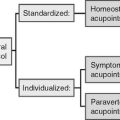CHAPTER 13 Acupuncture Therapy for Non-pain Symptoms
INTRODUCTION
As we have described in Chapters 1, 2, 3, 5, and 6, the HAs gradually become tender in a predictable pattern as the body’s homeostasis decreases, and our body manifests these acupoints to reflect its own pathophysiologic decline. The SAs pinpoint the particular nerves, muscles, and other soft tissues directly affected by the injury, and PAs are selected to assist the SAs. The PAs and SAs belong to the same spinal segment, and needling PAs relaxes the muscles and soft tissues and improves blood circulation at the location of the nerve root; this process helps to desensitize the sensitized nerve endings. Also, PAs are located closer to the autonomic ganglionic chain; clinical evidence has shown that needling PAs balances the mutual interaction between sympathetic and parasympathetic nerves.
Some diseases or diseased organs may not produce detectable tender acupoints on the body surface, especially at an early stage of the disease. In these cases, selecting proper PAs provides sound therapeutic results. For instance, PAs along vertebrae T1 to T7 should be selected for respiratory problems such as asthma and PAs along vertebrae T5 to T12 should be selected for stomach problems such as a gastric ulcer. Knowledge of segmental innervation of internal organs helps the practitioner to select the proper PAs (see Chapter 5).
ASTHMA
Treatment Protocol
The patient lies in the prone position. Use the following acupoints:
SINUSITIS
Treatment Protocol
The patient takes the supine position. Use the following acupoints:
To avoid bruising the patient’s face, use needles 1.5 cm in length and 0.18 or 0.20 mm in diameter.
NAUSEA
Acupuncture is very effective in treating nausea due to the following mechanisms:
Treatment Protocol
SKIN DISORDERS
Treatment Protocol
GYNECOLOGICAL DISORDERS
Menopause normally takes place between the ages of 40 and 58. About 75% of American women reach their menopause by the age of 52. The most recognizable sign of the beginning of menopause is menstrual irregularity, with a gradual decrease in both the amount and duration of flow. In some cases, there may be more frequent and heavier bleeding or bleeding between periods. When menses have ceased for 6 to 12 months, menopause has taken place.
Treatment Protocol
The patient alternates between the supine and prone positions, changing for each session.
SIDE EFFECTS OF CHEMOTHERAPY
GENERAL HEALTH MAINTENANCE
Acupuncture is a very beneficial modality for health maintenance. Our clinical experience indicates that for people with chronic problems, such as high blood pressure, or even Alzheimer’s disease or cancer, regular acupuncture therapy—although it does not remove the problems—will keep the body more functionally stable, with less accumulation of stress. Just as acupuncture helps sick persons to regain their homeostasis without pharmaceutical intervention, it is even more effective in general health maintenance.
SUMMARY
Acupuncture therapy, in principle, is a nonspecific means of promoting physiological balance and thus stimulating the process of self healing (see Chapters 3 and 4). There is enormous potential in using acupuncture for both pain and non-pain symptoms; however, in the case of conditions that are not painful, it is more difficult to predict reliable prognoses.

